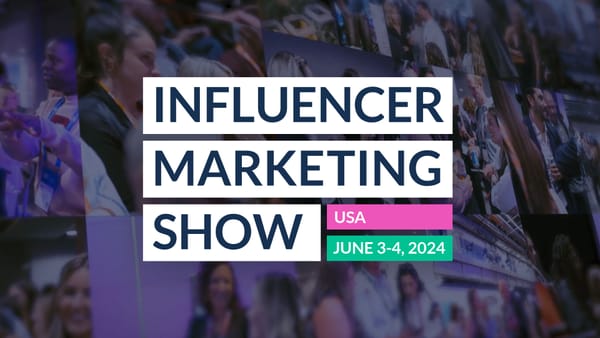In a recent analysis comparing the 2019 and 2020 holiday seasons, Traackr found that influencer posts mentioning shopping calls-to-action increased by 21%; affiliate codes increased by 32%; live shopping increased by 117%; and “swipe to shop” increased by 2,444%.
There are a plethora of market indicators that suggest that social commerce will be a marketing staple heading into 2022:
- Platforms: TikTok, Instagram, and Pinterest are the platforms with the most recent commerce features and integrations, but every major social platform is working hard to support shopping.
- Brands: Leading beauty brands are embracing social shopping! For example, Shiseido says social commerce is already a part of their marketing strategy, and L’Oreal invested directly in a social commerce platform.
- Influencers: Creators – who are known to help create and solidify trends – are using shopping terms (discount codes, affiliate programs, swipe to shop, etc.) more, and we expect to see a huge surge this holiday season.
From our vantage point, the convergence between influencer strategy and commerce is underway, and now that marketers have seen how powerful influencers and e-commerce can be, we can only expect the use of social media to drive sales will continue on an upward trajectory. Here are four predictions for the future of social commerce in 2022 and beyond.
Influencer marketing in 2020 and 2021 was reactive. 2022 is when brands get strategic.
When Covid hit and retail shut down, the only options consumers had was to shop from a distance. So marketers were forced to scrutinize where to spend wisely. DTC brands were already all in and just had to press on the gas. But most brands had to ask a lot of questions internally and fly by the seat of their pants when it came to driving e-commerce sales.
The level of complexity in influencer marketing that would have taken a decade to unfold happened in one year. At Traackr, we doubled our engineering team to meet this moment and help brands accelerate their influencer marketing programs thoughtfully, but rapidly in times of crisis. As a result, influencer marketing has gone from being a sideshow to becoming center stage now that it visibly impacts sales.
In 2022, the dust will settle, and brands will double down on the influencer marketing campaigns that work and strategically increase their share in the marketing mix.
Social media platforms become the new QVC for Millennials and Gen Z
Influencers are the new storefront, but social commerce is no longer just about adding a shopping cart on a platform. It won’t be just a transaction but instead will become an entire shopping experience. We already saw Amazon, YouTube and Pinterest add live shopping features to their platforms, and the most advanced brands will invest more budget and resources toward creating authentic retail experiences on social media such as live streaming.
Influencers will make more money off-platform
TikTok rose to fame at just the right moment before the pandemic and experienced a decade’s worth of growth in just a few years. As Instagram adjusted its algorithm and favored TikTok-like content to compete, Instagram loyalists wondered why their engagement numbers dropped drastically and why they were still fueling a platform that was no longer serving them.
Meanwhile, BIPOC creators continued to experience discrimination and shadow bans during the BLM reckoning, as well as empty platitudes from brands to do better, leaving more BIPOC creators to abandon the Instagram ship. Patagonia and other mission-driven brands have abandoned advertising on Facebook and continue to boycott Facebook in light of the unsurprising yet equally disturbing allegations tied to the Facebook Papers. These tensions between creators, brands, and platforms are leading to a platform-agnostic future, where followers subscribe or pay for content directly with influencers and creators.
Consumer attention will migrate away from ad-supported platforms to paywalled content, so brands will need to divert advertising budget toward long-term influencer partnerships divorced from a specific platform. It’s why companies like Stripe are enabling influencers to more easily earn money. There will always be the next TikTok and changing algorithms, but we’ve seen that audiences will indeed follow their favorite creators wherever they go. The medium is not the message. The creator is.
As measurement tools improve, influencer marketing campaigns will need to deliver on direct sales
In recent years, influencer marketing has been seen as a tool to raise brand awareness or grow a brand following on social media. But technology integrations have improved affiliate/referral tracking, which can now pinpoint exactly which influencers and campaigns are converting to sales – both online and in-store. As a result, brand and e-commerce teams will have specific sales KPIs for influencer marketing – and will no longer be able to operate in silos.
Influencers working with global brands won’t talk to multiple people across multiple teams to create content and get paid for their sales. Brand teams will find tools that integrate their marketing, e-commerce, and finance teams as well as influencers, to streamline the process and collect quantitative data on the performance of their influencer campaigns.









